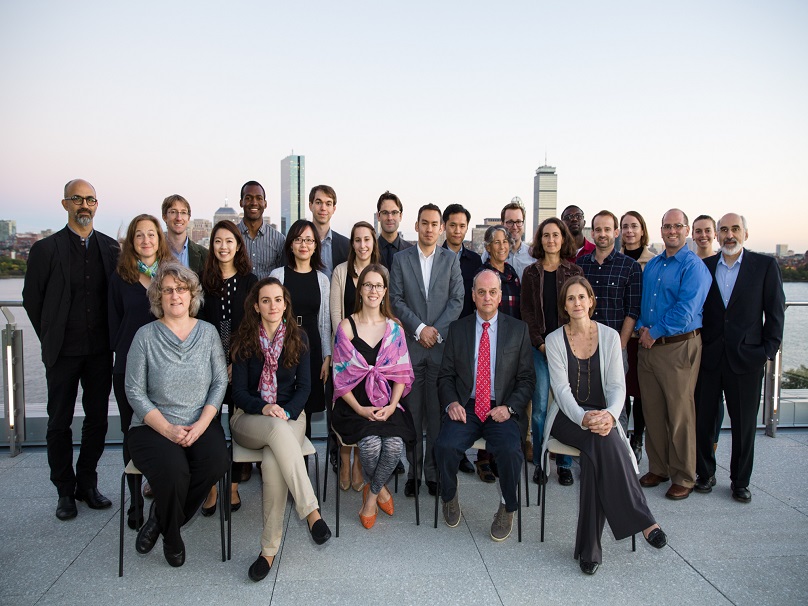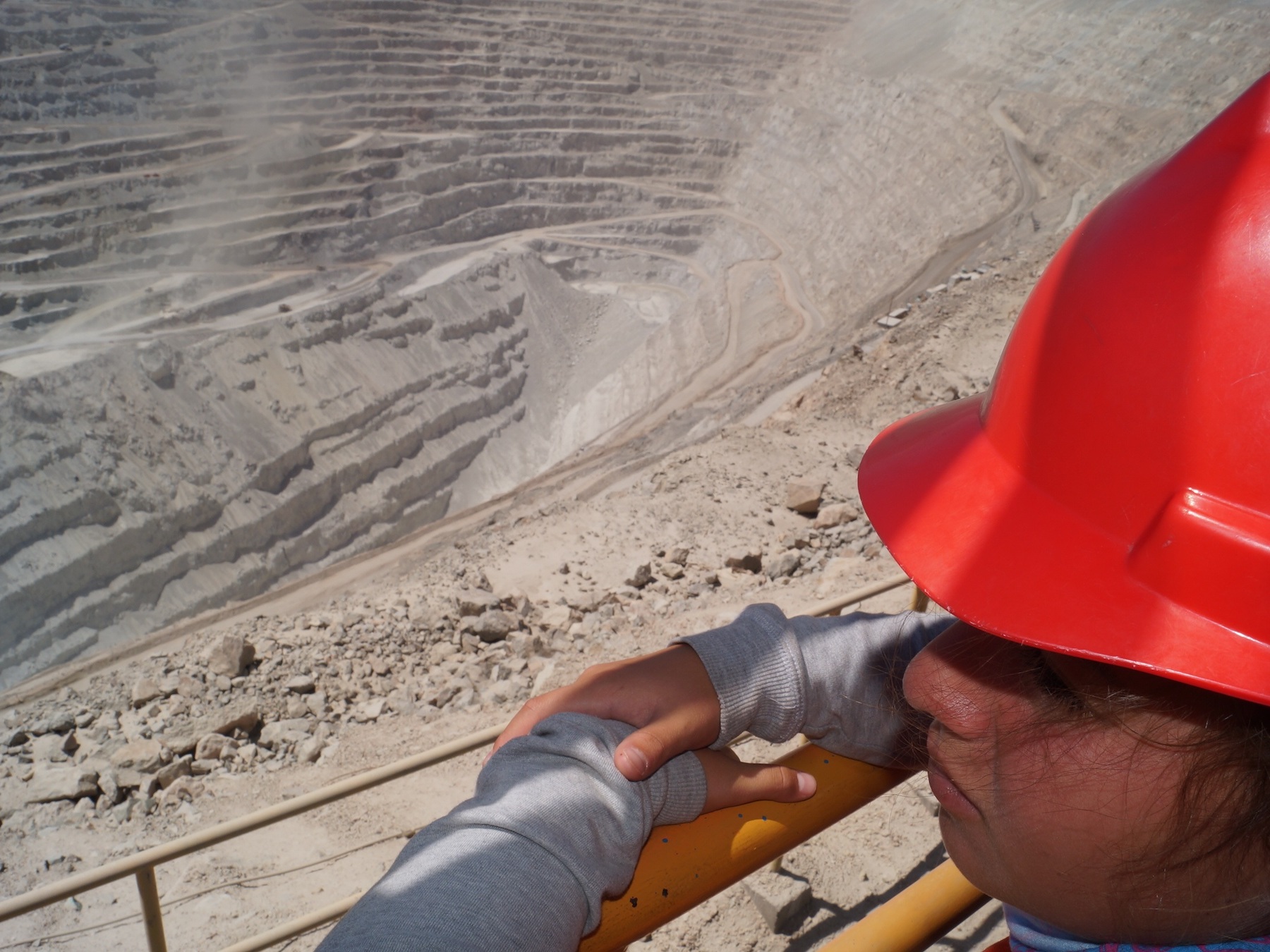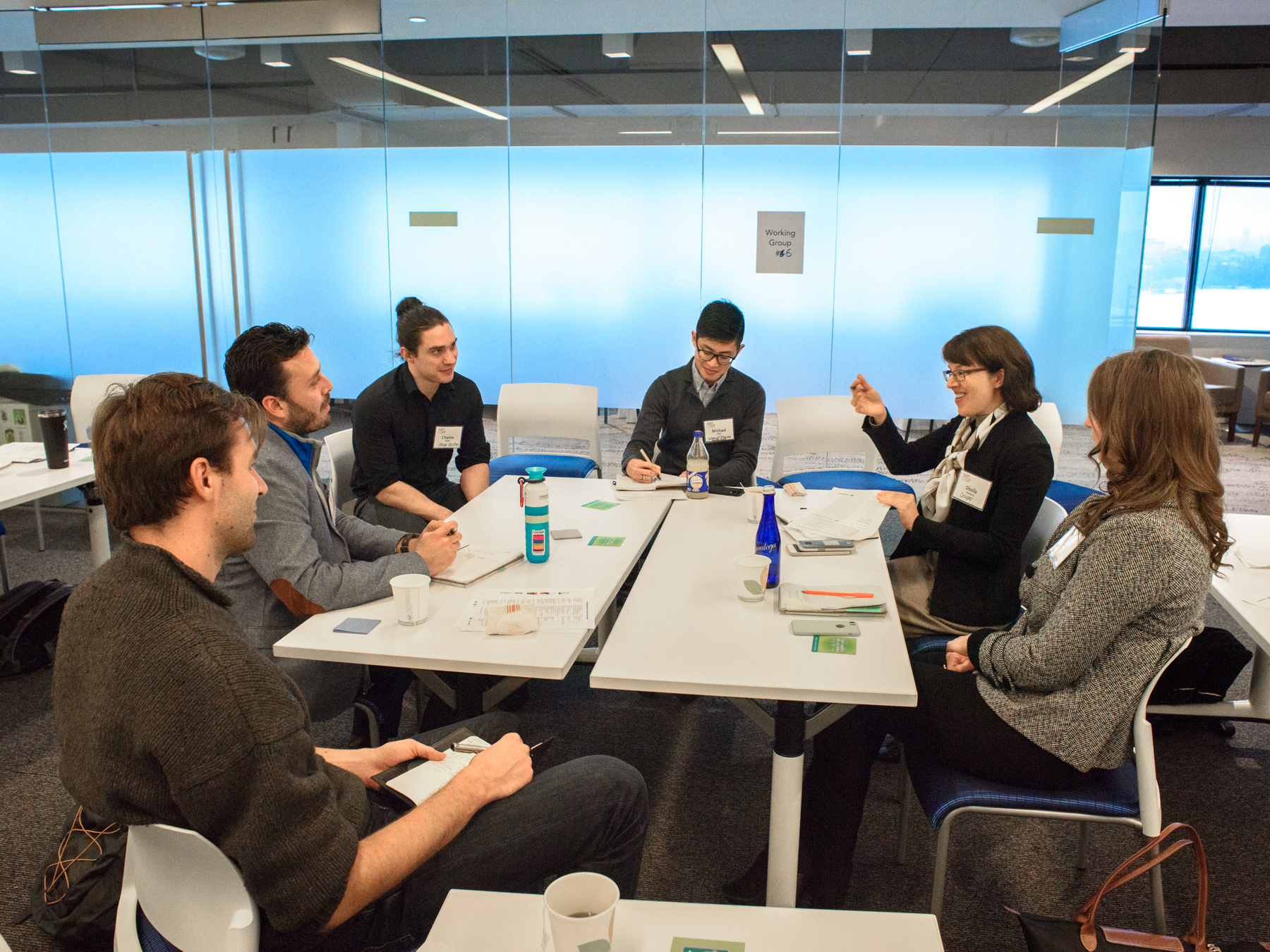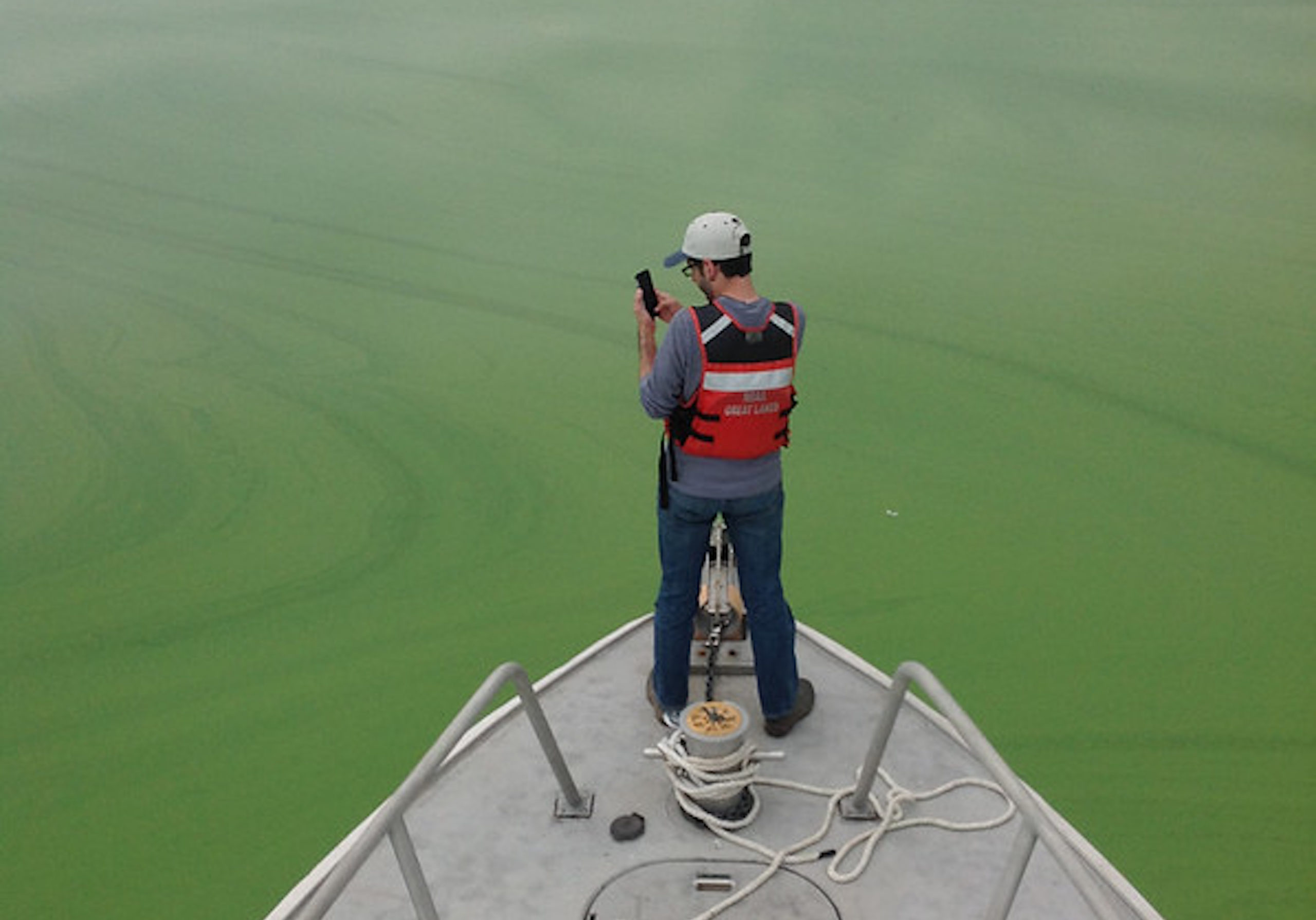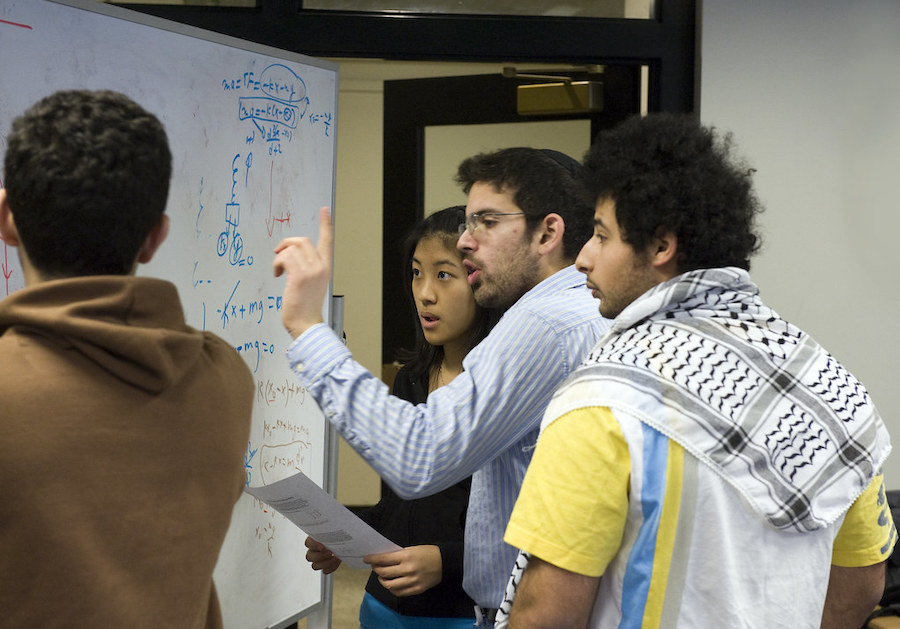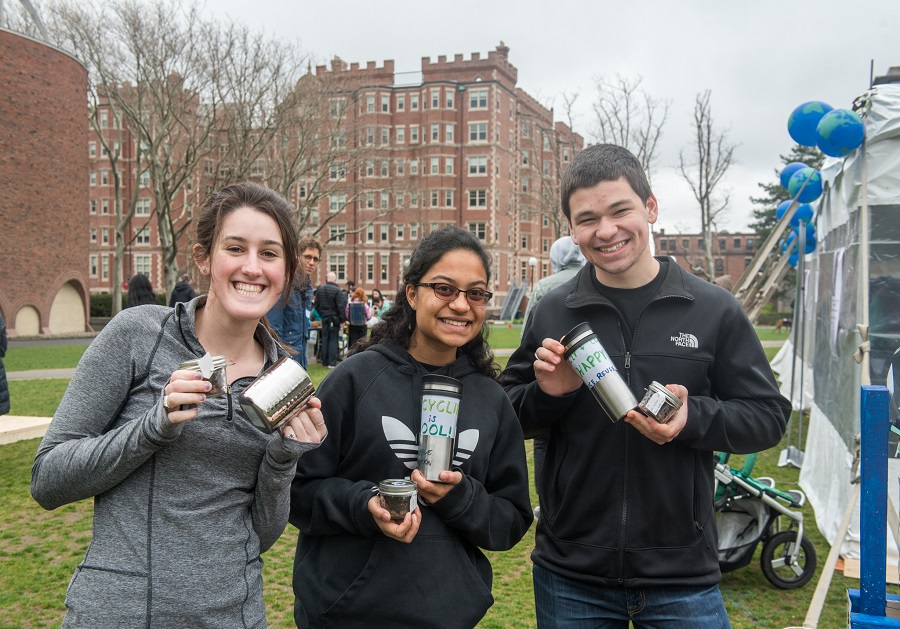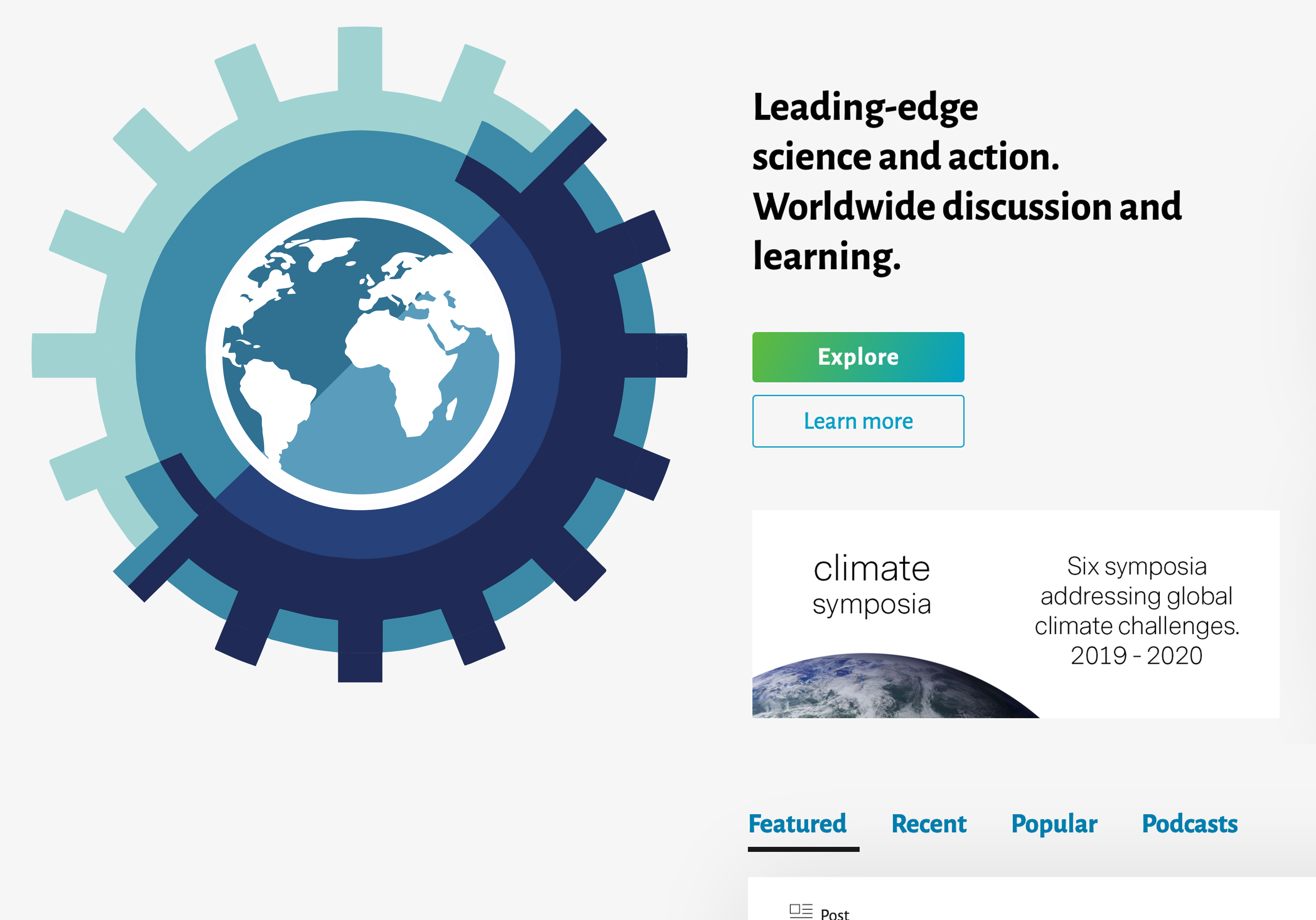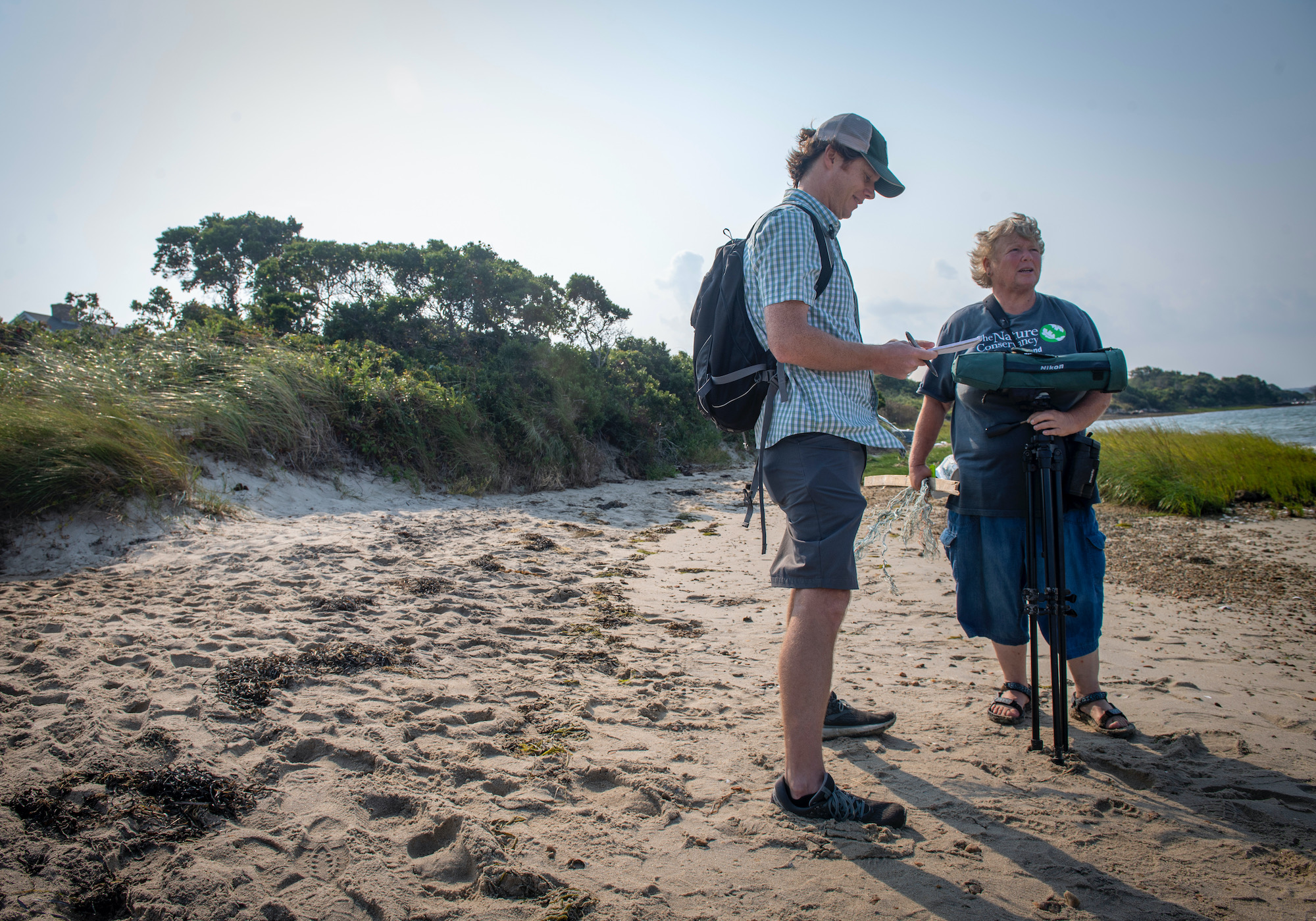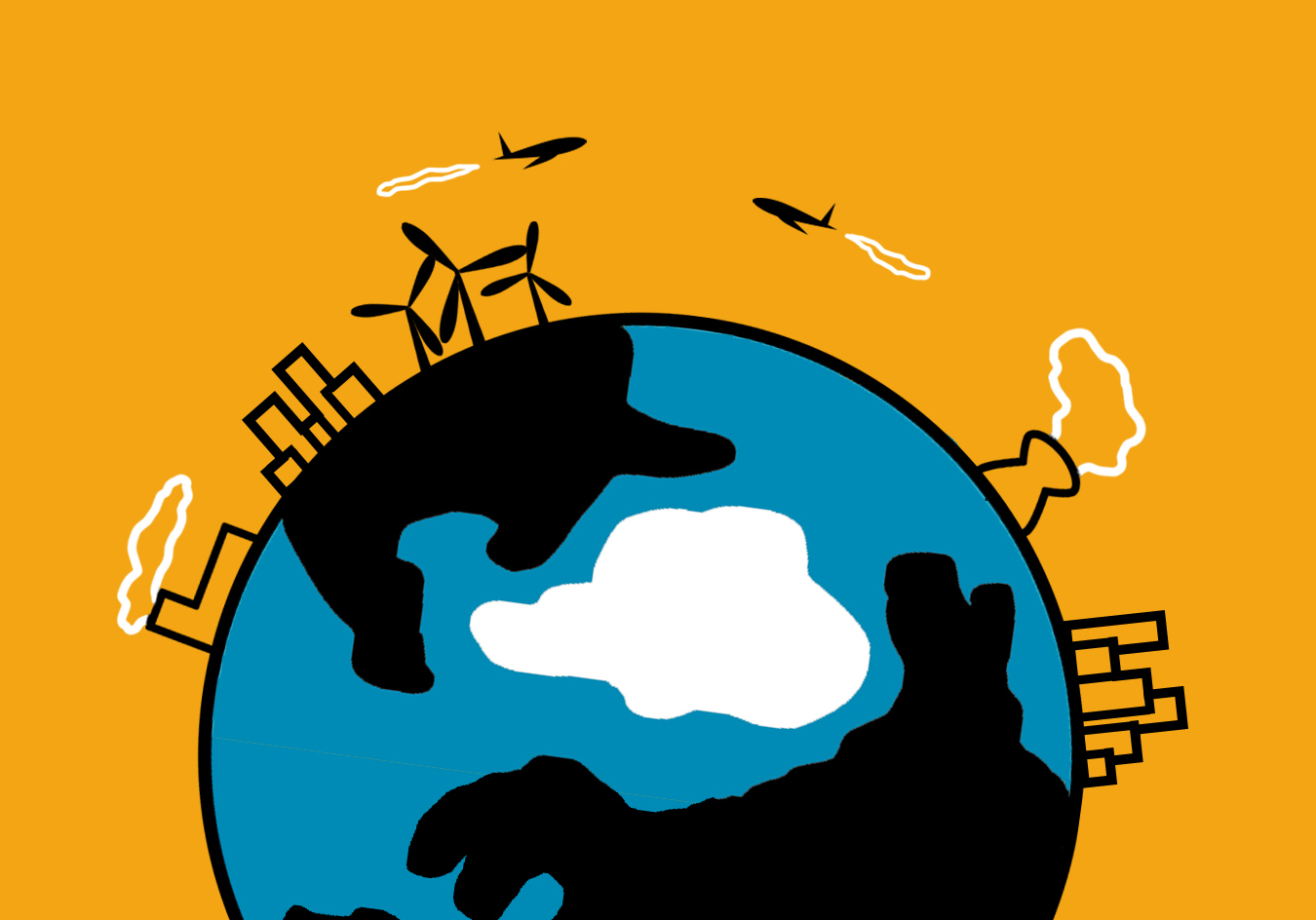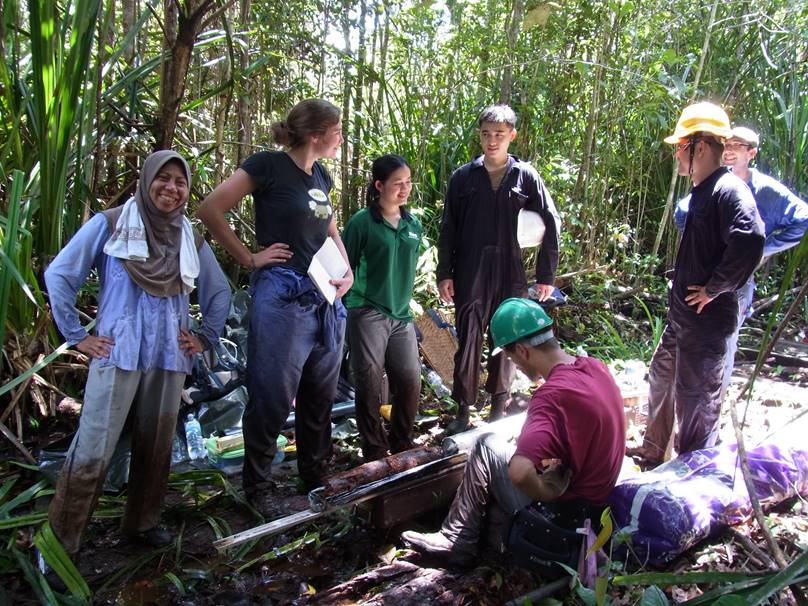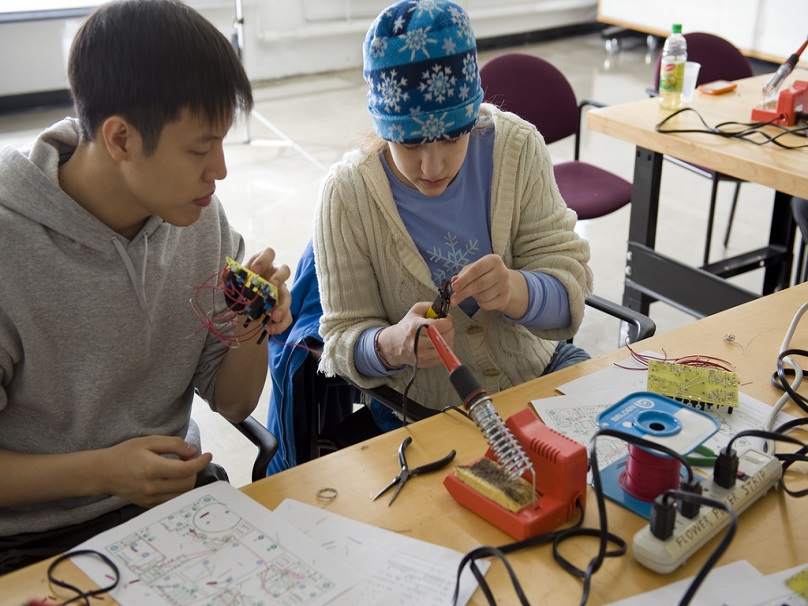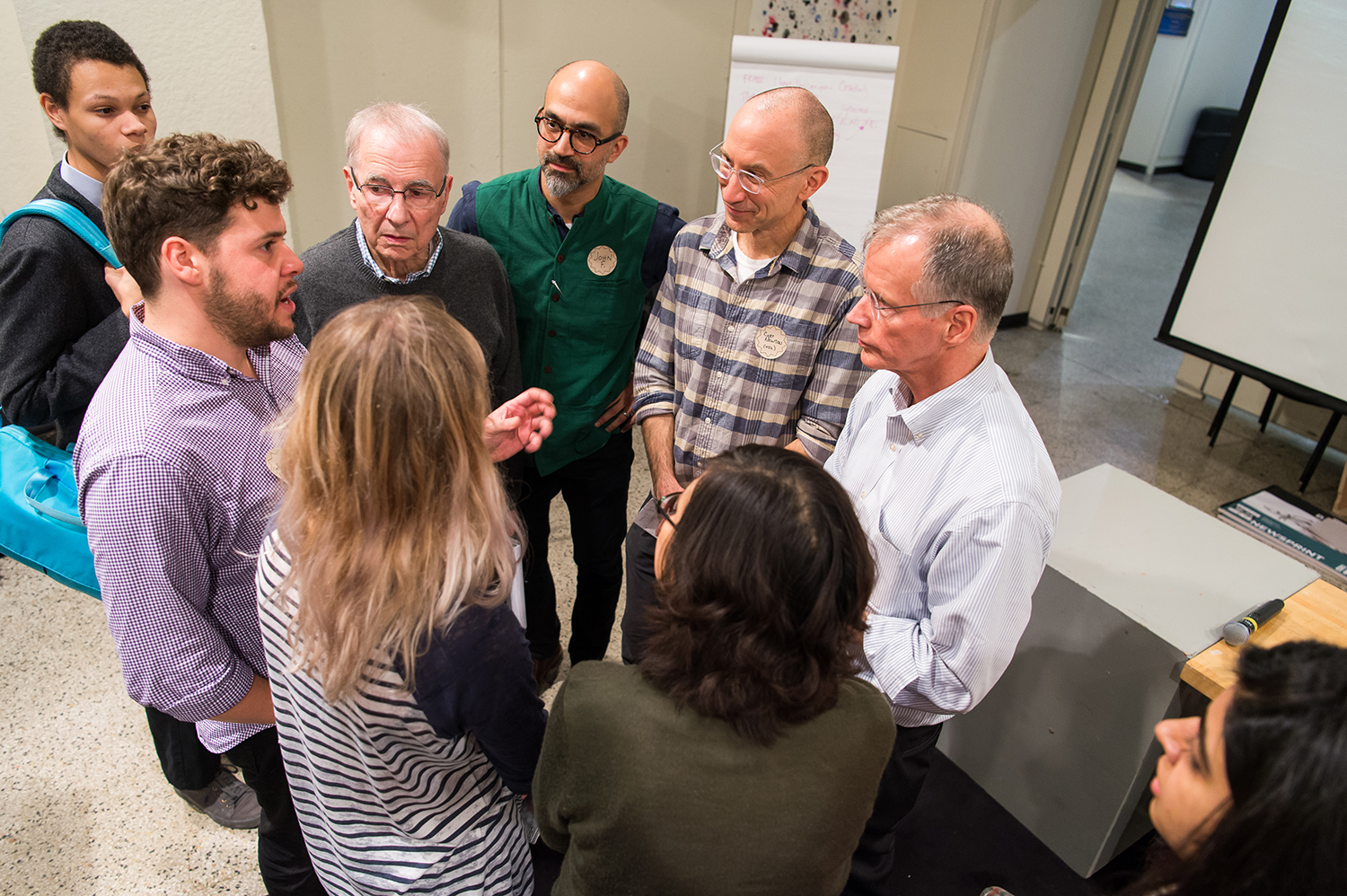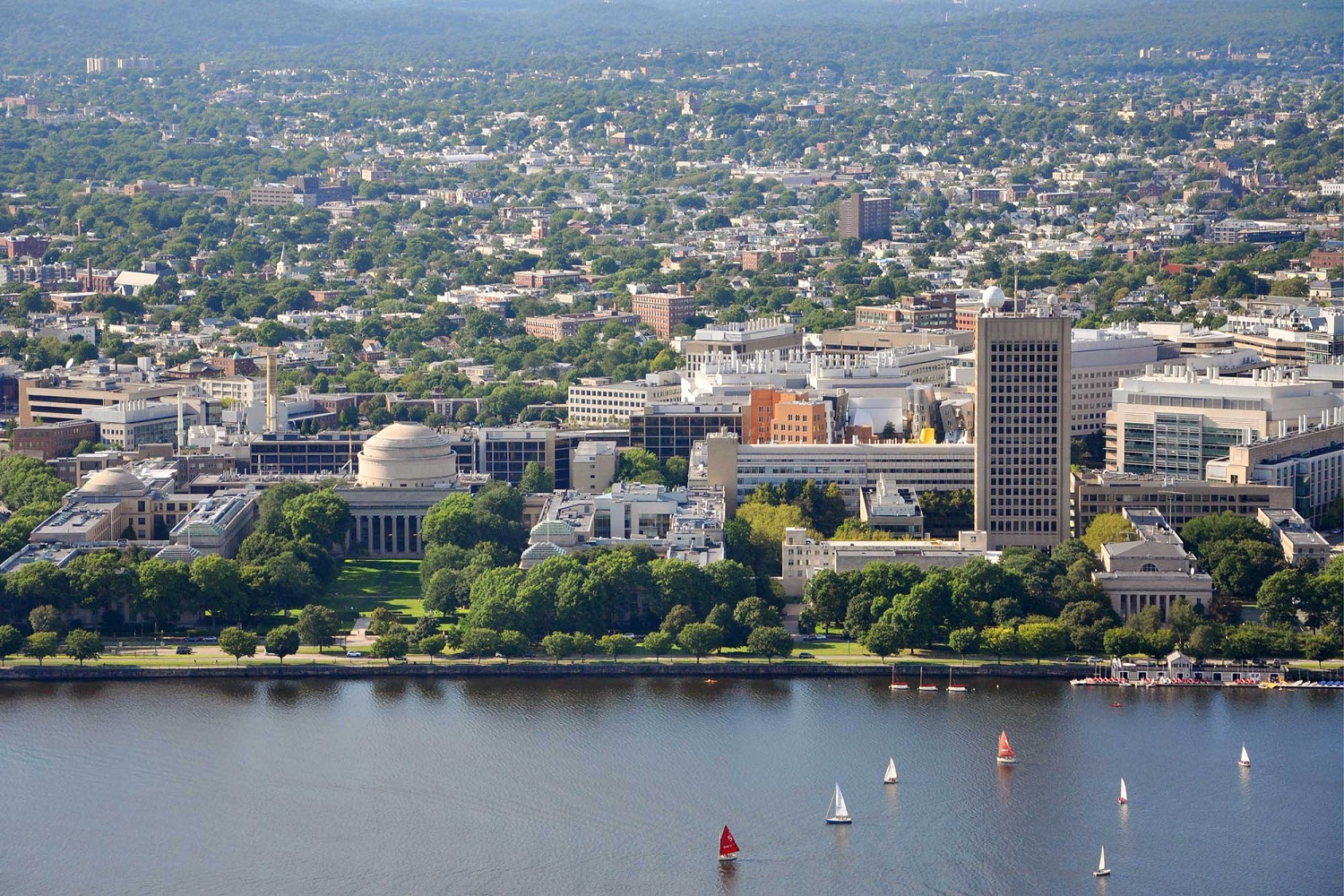Menu
Publications
Publications from the Environmental Solutions Initiative
Environmental justice teaching in an undergraduate context: examining the intersection of community-engaged, inclusive, and anti-racist pedagogy
Despite the fact that environmental justice (EJ) issues have garnered recent attention in higher education and in popular media, few research studies examine how EJ education actually happens inside the classroom. This paper published in open access format in the Journal of Environmental Studies & Sciences (JESS) reviews four EJ scholar’s unique pedagogical practices. This review explores a continuum for community-engaged EJ instruction and presents interesting tools and tips for higher education environmental and sustainability courses or programs. More specifically, the discussion and findings examine the relationship between EJ, community engagement, and inclusive/anti-racist pedagogies, and explore why EJ teaching practices might better support students from underrepresented backgrounds. View the paper.
Mapping and Expanding Climate and Environmental Justice in MIT’s STEM Departments
Research has shown that climate and environmental justice (CEJ) course content is not sufficiently included in environmental and sustainability degree programs, and even less likely in STEM program contexts within higher education. This paper seeks to better understand how CEJ content is included within MIT’s STEM departments, and it provides analysis and recommendations regarding approaches for its expansion both in STEM areas and across disciplines. The Climate Justice Instructional Toolkit, a curricular development project that houses adaptable climate justice teaching modules and pedagogical recommendations, is explored as an initial expansion strategy. Download the white paper.
Toward “Resistance and Re-visioning”: Exploring the Integration of Community Partnerships and Decolonial Field Methods in an Undergraduate Environmental Justice Program
A critical component of environmental justice teaching is how the instructor can connect the course’s content to environmental problems that disproportionately impact certain communities. This paper explores one faculty member’s aspirational integration of community partners into their course, which included various site visits, field experiences, guest educators, and the integration of decolonial methods. A goal of a course like this is to create long-term, reciprocal relationships with community members that explore solutions to environmental justice issues. View the paper.
Cultivating an Urban, Sustainable Amazonia in Colombia
The recommendations from the second version of the DUSP practicum Biodiversity and Cities, taught by an ESI-led teaching team over Spring 2023, focused on how to implement and ensure biodiversity management and conservation as Leticia works towards a more inclusive and sustainable future. The research is rooted in fieldwork conducted in the city of Leticia, in collaboration with SINCHI, and with the support of the Colombian Ministry of Environment and Sustainable Development, DUSP and MISTI. Download the Spanish-language final report and executive summary, which include inputs from the local partners, or the preliminary class report in English.
An Introduction to Sustainability Education
Educators at all levels can help foster a sustainability literate citizenry through small changes to the content they cover or their instructional approaches. This ESI white paper reviews the history, competing definitions and frameworks of sustainability education, and offers guidance and resources to educators for moving their own instruction to embrace sustainability. Download the white paper.
Protecting and Enhancing Natural Carbon Sinks: Natural Climate and Community Solutions
A healthy biosphere is critical to a stable climate system. In collaboration with a large interdisciplinary team at MIT, ESI developed a proposal for protecting tropical forests, a key component of the carbon sink capacity of the biosphere, through an integration of targeted technology breakthroughs, deep community engagement, and innovative bioeconomic opportunities. This ESI white paper lays out the detailed project plan developed by this group. Download the white paper.
Quidbó, una Ciudad en Armonía con la Selva
In conversation with the Ministry of Environment and Sustainable Development of Colombia and its BiodiverCities framework, ESI and a team of MIT students developed recommendations for the city of Quibdó, Colombia, to incorporate biodiversity restoration and enhancement, climate change mitigation and adaptation, and socioeconomic development into its planning processes as the city continues to urbanize in the heart of the Pacific tropical forest. Download the Spanish-language executive report.
Environmental Equity and Racial Justice
Afro-descendant peoples of the Americas are disproportionately affected by overlapping crises such as climate change, the loss of biodiversity, ecological degradation, the Covid-19 pandemic, the public health crisis, extreme socioeconomic inequality, structural racism and the increase in violence against social leaders. This article, among other topics, debates the importance of Afro-descendant communities in the implementation of a range of natural climate solutions, in the region and at a global level. Murillo, Luis Gilberto, and Marcela Angel. Sur: International Journal on Human Rights 31, 2021. https://sur.conectas.org/en/environmental-equity-and-racial-justice/
Hydrosocial Displacements: Climate Change and Community Relations in Chile’s Mining Regions
Chile has experienced new water constraints due to an unprecedented “mega drought” beginning in 2010, at the same time that water use for copper extraction has been increasing. This has contributed to the emergence of conflicts over water between local communities and mining companies, which hold implications for water relations in mining regions across the globe. This ESI white paper examines the nature of these conflicts and the outcomes of responses to them. Download the white paper in English or Spanish.
Advancing the Land Rights of Afro-Colombian Communities: A Qualitative Evaluation of Efforts to Implement Colombia’s Law 70 of 1993
Colombia’s Law 70 created a legal pathway for Afro-Colombian communities to receive collective title to historically occupied territories in rural areas. This ESI white paper presents the results of interviews with individuals engaged in Law 70’s formulation, operationalization, or implementation. It was sponsored by the MIT MLK Visiting Professors and Scholars Program and ESI’s Natural Climate Solutions Program. Download the white paper.
Introducing Environmental and Sustainability Content into University Level Introductory Physics Classes
This ESI white paper presents results from integrating environmental and sustainability topics into MIT’s foundational physics classes for first-year students. This endeavor is part of our ongoing project to introduce environmental themes to foundational STEM classes at MIT. Download the white paper.
Changes in the Contribution of Coal to Tax revenues in Greene County, PA, 2010-2019
This ESI white paper was published as a culmination of research conducted under the Here & Real Project, exploring how the decline of coal mining impacts funding for critical public sector services in one affected Pennsylvania county. Download the white paper.
Ecological City-States in an Era of Environmental Disaster: Security, Climate Change and Biodiversity
As urban populations and economies continue to expand relative to the rest of the world, and as city governments stake out greater ambitions on environmental challenges, there is unprecedented room for cities to assume a leading and semi-autonomous role in addressing the climate and biodiversity crises. Fernández, John, and Marcela Angel. Sustainability 12, 2020. doi:10.3390/su12145532
2018 Agenda
The MIT Environmental Solutions Initiative’s 2018 Agenda established ESI’s domains of focus for research funding. Download the agenda.
Publications from our grant recipients and research affiliates
Well-to-tank carbon emissions from crude oil maritime transportation. Greene, Suzanne et al. Transportation Research Part D: Transport and Environment Vol. 88, 2020. doi:10.1016/j.trd.2020.102587
Responsible or reckless? A critical review of the environmental and climate assessments of mineral supply chains. Lee, Jordy et al. Environmental Research Letters Vol. 15, No. 10, 2020. doi:10.1088/1748-9326/ab9f8c
Widespread subsidence and carbon emissions across Southeast Asian peatlands. Hoyt, Alison et al. Nature Geoscience 13, 2020. doi:10.1038/s41561-020-0575-4
Timelines for mitigating the methane impacts of using natural gas for carbon dioxide abatement. Klemun, Magdalena M. and Jessika E. Trancik. Environmental Research Letters Vol. 14, No. 12, 2019. doi:10.1088/1748-9326/ab2577
Present and Future Mercury Concentrations in Chinese Rice: Insights From Modeling. Kwon, S.Y. et al. Global Biogeochemical Cycles Vol. 32 Issue 3, 2018. doi:10.1002/2017GB005824
Patterns in municipal food scrap programming in mid-sized U.S. cities. Pollans, Lily Baum et al. Resources, Conservation and Recycling 125, 2017. doi:10.1016/j.resconrec.2017.07.001
How temporal patterns in rainfall determine the geomorphology and carbon fluxes of tropical peatlands. Cobb, Alexander R. et al. Proceedings of the National Academy of Sciences June 2017 114. doi:10.1073/pnas.1701090114
Vehicle emissions of short-lived and long-lived climate forcers: trends and tradeoffs. Edwards, Morgan R. et al. Faraday Discussions 200, 2017. doi:10.1039/C7FD00063D
Testing emissions equivalency metrics against climate policy goals. Edwards, Morgan R. et al. Environmental Science and Policy Vol. 166, 2016. doi:10.1016/j.envsci.2016.08.013

